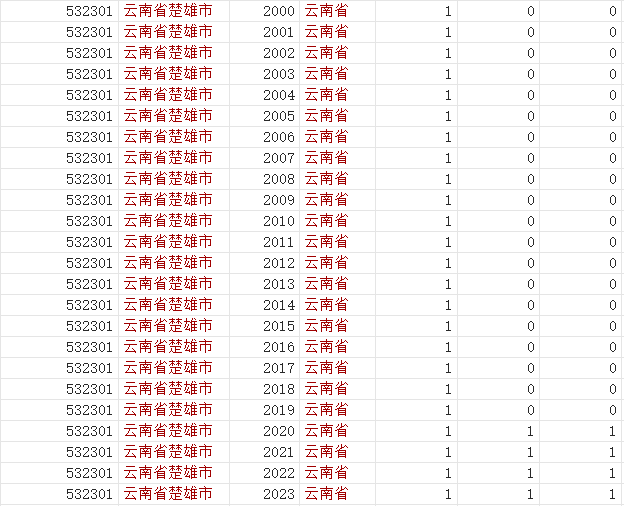
解法1,堆栈O(n)简单法:
/**
* Definition for singly-linked list.
* struct ListNode {
* int val;
* ListNode *next;
* ListNode() : val(0), next(nullptr) {}
* ListNode(int x) : val(x), next(nullptr) {}
* ListNode(int x, ListNode *next) : val(x), next(next) {}
* };
*/
class Solution {
public:
bool isPalindrome(ListNode* head) {
stack<int> s;
ListNode* cp = head;
bool flag = true;
while(cp!=nullptr)
{
s.push(cp->val);
cp = cp->next;
}
while(head!=nullptr)
{
if(s.top()!=head->val)
{
return false;
}
else
{
s.pop();
head = head->next;
}
}
return true;
}
};解法2, 快慢指针确定中间节点并向后逆序O(1):
/**
* Definition for singly-linked list.
* struct ListNode {
* int val;
* ListNode *next;
* ListNode() : val(0), next(nullptr) {}
* ListNode(int x) : val(x), next(nullptr) {}
* ListNode(int x, ListNode *next) : val(x), next(next) {}
* };
*/
class Solution {
public:
//找到开始逆序的中间节点slow
ListNode* MiddleNode(ListNode* ori)
{
ListNode* countTest = ori;
ListNode* middleStart = nullptr;
while(countTest!=nullptr)
{
countTest = countTest->next;
}
ListNode* fast = ori;
ListNode* slow = ori;
//奇数偶数一样
while(fast != nullptr && fast->next!= nullptr)
{
fast = fast->next->next;
slow = slow->next;
}
middleStart = slow;
return middleStart;
}
//从slow的中间节点开始逆序,返回逆序后半序列的头节点
ListNode* ReverseNode(ListNode* start)
{
ListNode* pre = nullptr;
ListNode* cur = start;
while(cur != nullptr)
{
ListNode* temp = cur->next;
cur->next = pre;
pre = cur;
cur = temp;
}
return pre;
}
bool isPalindrome(ListNode* head) {
ListNode* rev = ReverseNode(MiddleNode(head));
while(rev!=nullptr)
{
if(rev->val!=head->val)
{
return false;
}
else
{
head = head->next;
rev = rev->next;
}
}
return true;
}
};
















![LeetCode[简单] 搜索插入位置](https://i-blog.csdnimg.cn/direct/02e582056bda41b0a2372e9214c204c4.png)

